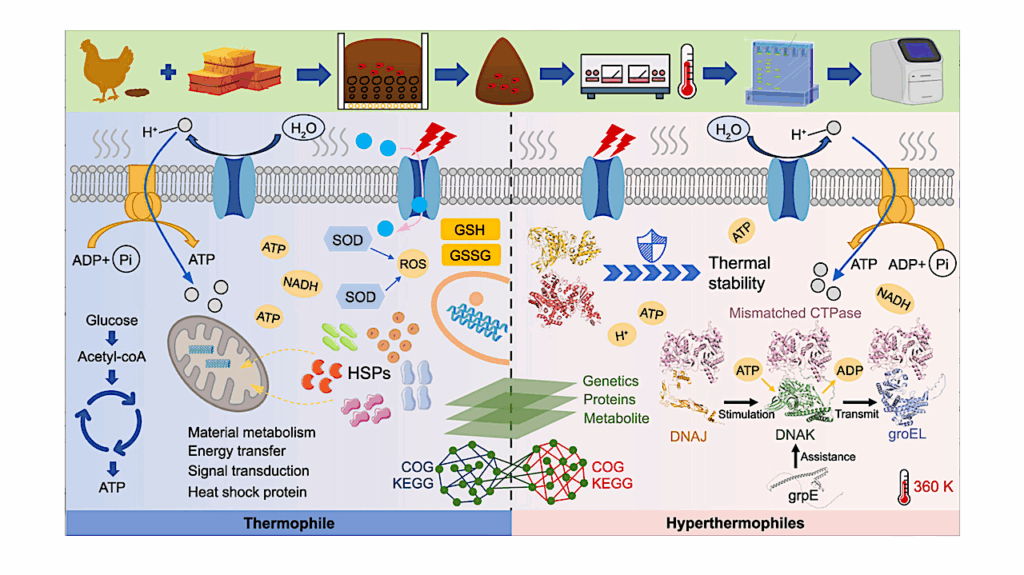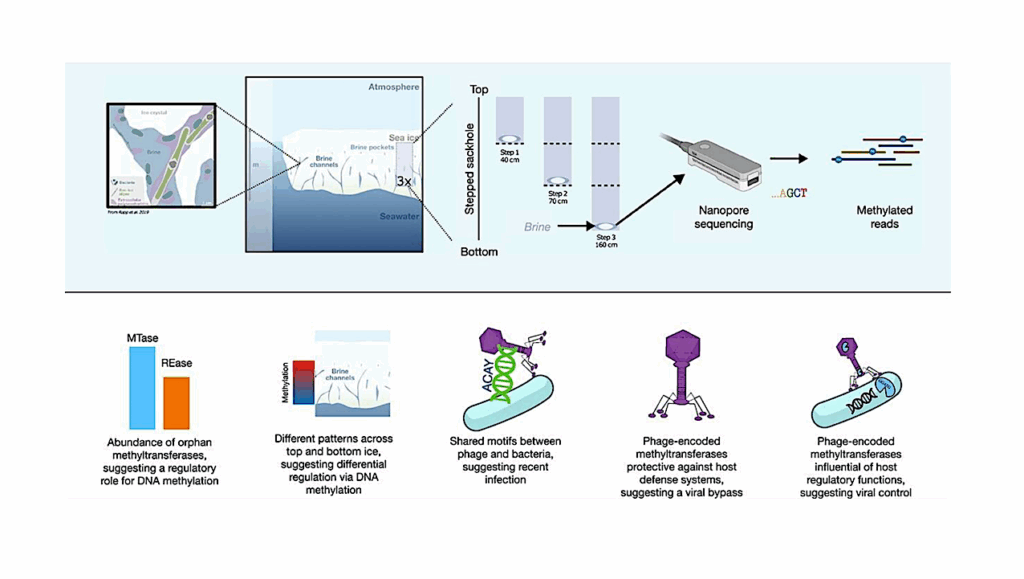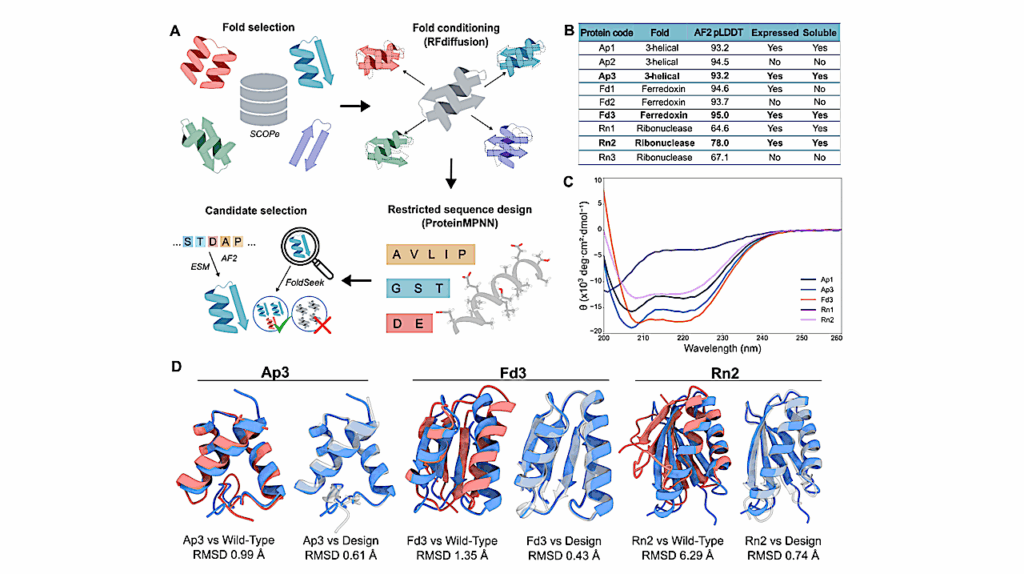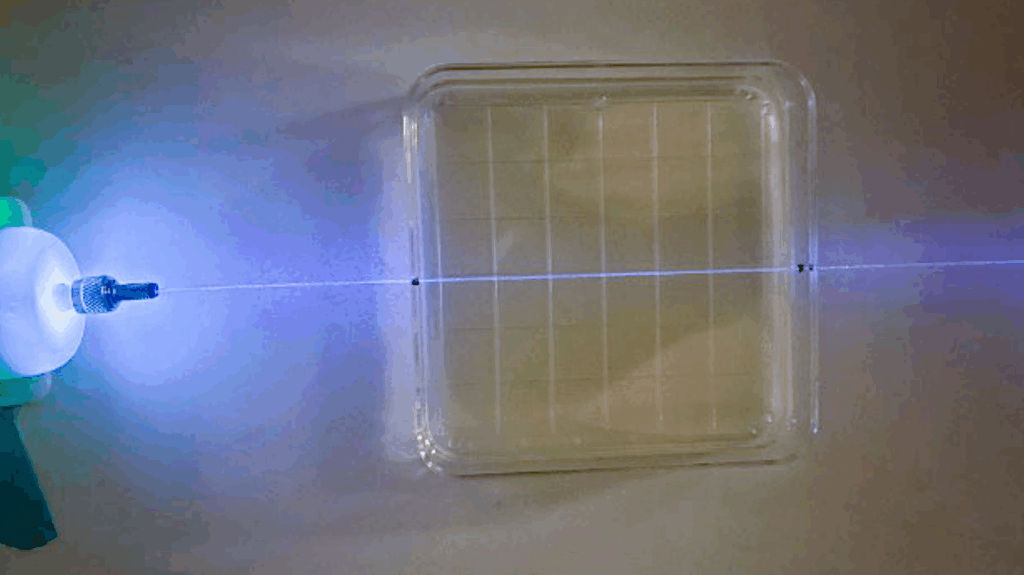The Unfinished Reconstructed Nature of the Last Universal Common Ancestor
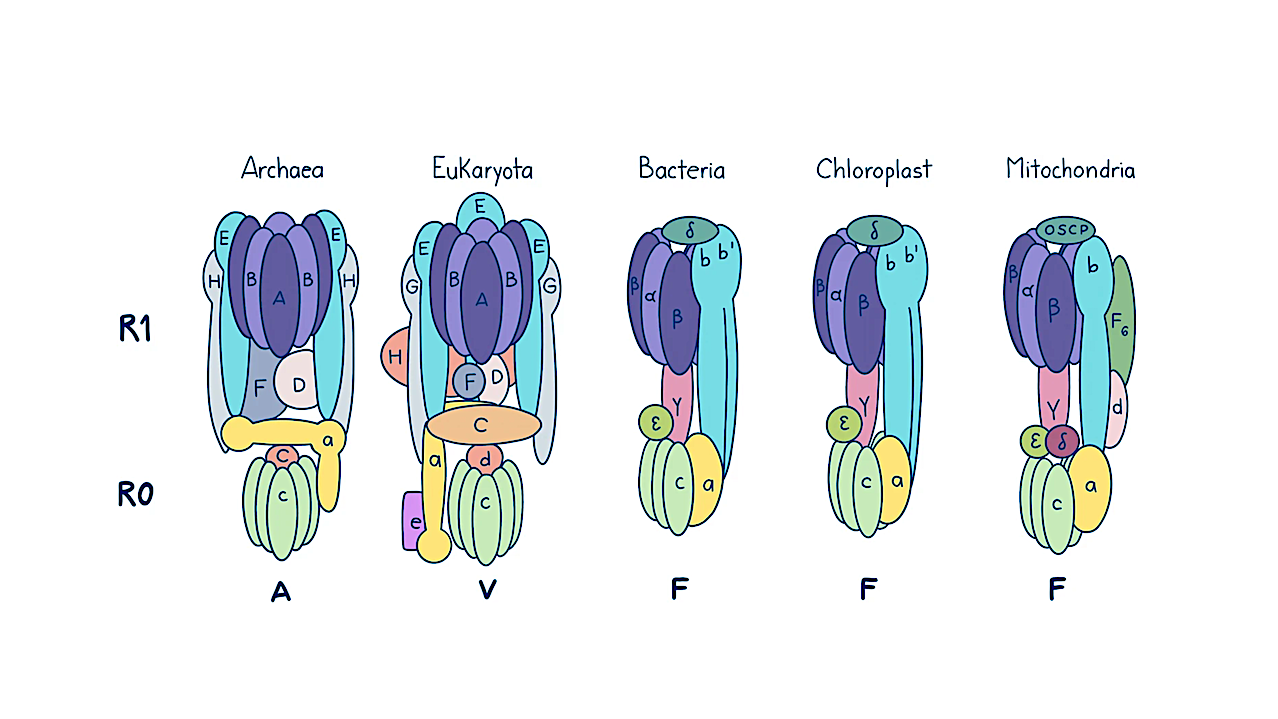
The ultimate consequence of Darwin’s theory of common descent implies that all life on earth descends ultimately from a common ancestor. Biochemistry and molecular biology now provide sufficient evidence of shared ancestry of all extant life forms.
However, the nature of the Last Universal Common Ancestor (LUCA) has been a topic of much debate over the years. This review offers a historical perspective on different attempts to infer LUCA’s nature, exploring the debate surrounding its complexity.
We further examine how different methodologies identify sets of ancient protein that exhibit only partial overlap. For example, different bioinformatic approaches have identified distinct protein subunits from the ATP synthetase identified as potentially inherited from LUCA.
Additionally, we discuss how detailed molecular evolutionary analysis of reverse gyrase has modified previous inferences about an hyperthermophilic LUCA based mainly on automatic bioinformatic pipelines.
We conclude by emphasizing the importance of developing a database dedicated to studying genes and proteins traceable back to LUCA and earlier stages of cellular evolution. Such a database would house the most ancient genes on earth.
The Unfinished Reconstructed Nature of the Last Universal Common Ancestor, Luis Delaye, J Mol Evol. 2024 Jul 18. doi: 10.1007/s00239-024-10187-8. (open access)
Astrobiology


